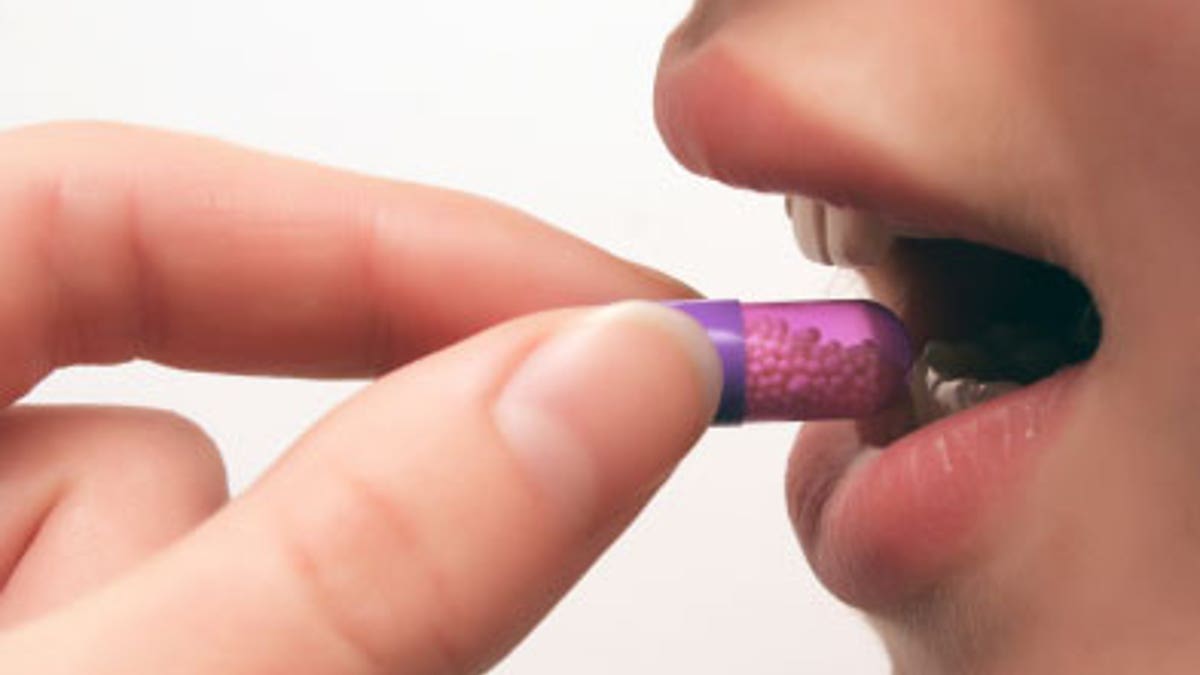
Caitlyn Jenner has gotten tremendous media attention for her recent dramatic transformation from male to female.
From how the Kardashian family is handling the news to Caitlyn’s new reality show on the E! channel, the Jenner/Kardashian clan has been baring their souls to the world. But what fewer people are talking about is the actual treatment phase of Caitlyn’s transitioning process, the chemistry behind it— and the health implications involved.
In addition to the obvious cultural and social implications, as well as the struggle that transgender people must face, there's the very big role that long-term hormone therapy plays in sexual reassignment and how these hormones can impact your health. The physical transformation of a person from male to female or vice versa requires extensive hormone therapy that must be maintained in the long term. Meaning, Chaz Bono and Caitlyn Jenner will have to continuously take hormones in order to maintain a physical alignment with the gender they identify with.
Transgender individuals undergoing hormone therapy for sexual reassignment have a lot more at stake— and many more factors to consider— than the average person who, say, takes hormones to ease menopause symptoms or help increase his or her energy levels.
As of 2015, here’s what we know:
Transgender hormone therapy isn’t as dangerous as we thought.
A study published in September noted the incidence of male-to-female transgendered subjects self-medicating with oral contraceptives— sometimes to overdose. This medically unsupervised practice is very dangerous, partly because of the estrogens in oral contraceptives, and can result in increased risk of blood clots and strokes. However, a new review published this month in the Journal of Clinical and Translational Endocrinology stated that with supervision from a physician, transgender hormone therapy to the opposite sex is much safer than we previously thought.
For more than a decade, after the 2002 Women’s Health Initiative study was published, hormone therapy was believed to increase risks of cancer, cardiovascular disease and blood clotting. But the hormones used in this study were non-bioidentical, meaning they didn’t have the same chemical structure as hormones produced by the human body. Numerous studies since have shown that bioidentical hormones are safe and effective. One from 2009 found that the odds of transgender hormone therapy creating a higher risk of blood clotting are very rare, almost non-existent. Another recent study noted that when oral estrogens are used, especially when combined with progestins (artificial progesterone), it does increase the risk of cardiovascular disease, but this risk can be decreased by using safer transdermal estrogen, such as estrogen patches or gels.
If you plan ahead, sexual reassignment surgery doesn’t mean having kids is off the table.
While folks like Caitlyn Jenner are past their reproductive years and/or have already reared their children, transgendered people in “the prime of their life,” so to speak, can still reproduce as long as they’ve planned ahead for it. A report published in the Current Opinion in Endocrinology, Diabetes and Obesity journal stated that reproduction in transgender individuals undergoing therapy is possible, but only if cryopreservation of gametes (freezing your sex cells) is done before the transitioning begins. The frozen eggs/sperm can then be used later on if the person decides they want to have kids.
Taking hormones should be put off until after puberty.
In men, the amount of estrogen in the body is only one-tenth the amount of testosterone, and vice versa for women, so transgendered people wishing to transition to the opposite sex will have to switch those percentages completely. The process is long and intense - at minimum it takes two years - and should not begin until after puberty. In guidelines published by the Journal of Endocrinology and Metabolism on the hormonal treatment of transgendered people, the authors suggest waiting until the age of 16 to begin taking cross-sex hormones— but puberty can be suppressed before then so that adolescents won’t show characteristics of their biologic sex until a decision can be made as to whether or not they go ahead with reassignment therapy.
